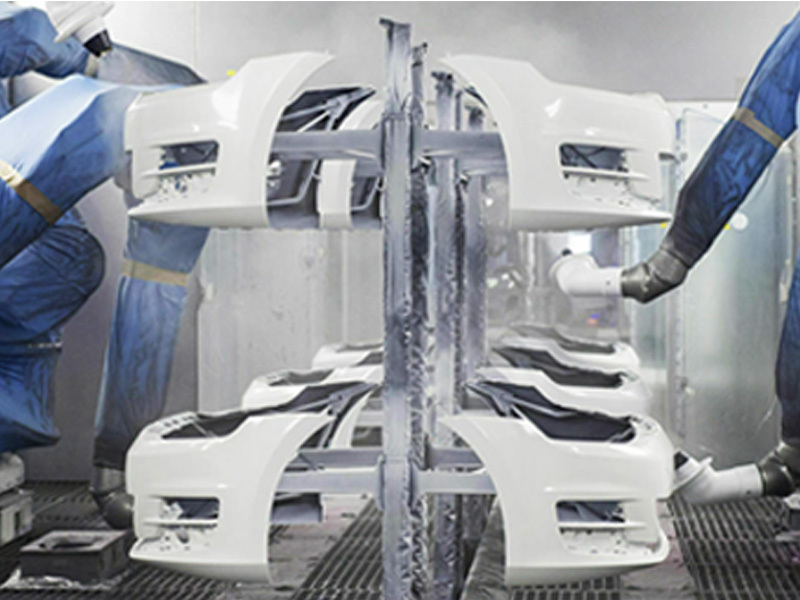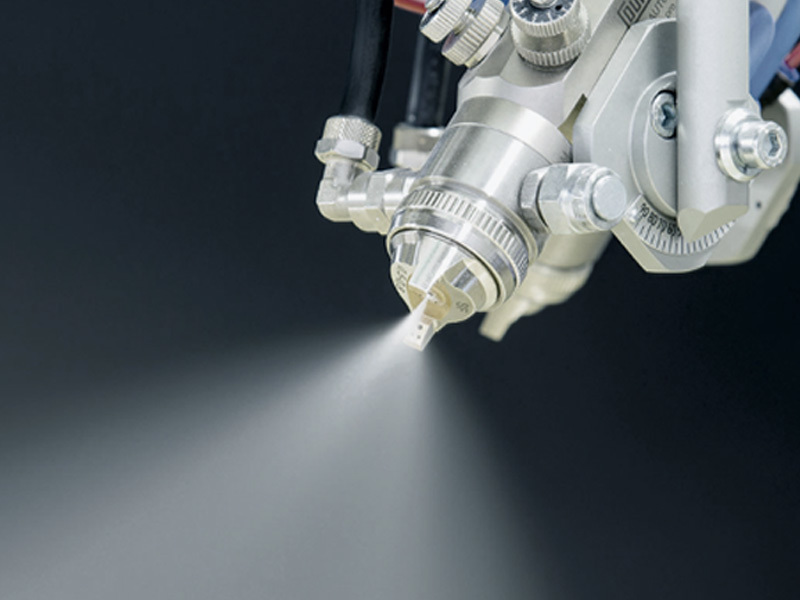Understanding Safe Golf Ball Coating: Enhancing Performance and Safety
Release time:
2025-05-16
When it comes to golf balls, the coating plays a critical role in both performance and safety. Safe golf ball coating refers to the materials and technologies used to cover the outer layer of a golf ball, ensuring that it is not only durable but also non-toxic and environmentally friendly. This is particularly important as the awareness of environmental issues continues to rise among consumers and

When it comes to golf balls, the coating plays a critical role in both performance and safety. Safe golf ball coating refers to the materials and technologies used to cover the outer layer of a golf ball, ensuring that it is not only durable but also non-toxic and environmentally friendly. This is particularly important as the awareness of environmental issues continues to rise among consumers and regulatory bodies.
One of the primary functions of a golf ball's coating is to enhance its aerodynamic properties. A well-coated golf ball can achieve better flight stability, which translates to improved distance and accuracy. The coating must provide the right balance of firmness and flexibility, allowing the ball to compress upon impact while still returning to its original shape. This elasticity is crucial for maximizing energy transfer from the club to the ball, ultimately leading to better performance on the course.
Additionally, safe golf ball coating helps in protecting the underlying layers of the ball from wear and tear. Whether it's the impacts from hitting the ground or the friction from club faces, a robust coating can prevent scuffing and damage, thereby extending the lifespan of the golf ball. For manufacturers, utilizing non-toxic materials in the coating process aligns with growing consumer preferences for eco-friendly products, making it a significant consideration in production.
Moreover, the safety aspect of golf ball coatings cannot be understated. As players hit balls in various environments, ensuring that the coatings are free from harmful chemicals is critical. This consideration not only protects the health of the players but also reduces the environmental footprint of the product. The trend towards sustainable materials in manufacturing means that many companies are now exploring innovative coating technologies that do not compromise safety for performance.
In conclusion, the significance of safe golf ball coating reaches far beyond mere aesthetics. It encompasses performance enhancement, durability, and environmental responsibility. For both golf equipment manufacturers and players, understanding the implications of safe coatings can lead to informed decisions that benefit not only the game but also the planet. Emphasizing the development and use of safe golf ball coating is essential for fostering a culture of responsibility within the sporting goods industry. As awareness grows, safer and more effective coatings will likely become standard in golf ball production, enhancing the experience for players worldwide.
One of the primary functions of a golf ball's coating is to enhance its aerodynamic properties. A well-coated golf ball can achieve better flight stability, which translates to improved distance and accuracy. The coating must provide the right balance of firmness and flexibility, allowing the ball to compress upon impact while still returning to its original shape. This elasticity is crucial for maximizing energy transfer from the club to the ball, ultimately leading to better performance on the course.
Additionally, safe golf ball coating helps in protecting the underlying layers of the ball from wear and tear. Whether it's the impacts from hitting the ground or the friction from club faces, a robust coating can prevent scuffing and damage, thereby extending the lifespan of the golf ball. For manufacturers, utilizing non-toxic materials in the coating process aligns with growing consumer preferences for eco-friendly products, making it a significant consideration in production.
Moreover, the safety aspect of golf ball coatings cannot be understated. As players hit balls in various environments, ensuring that the coatings are free from harmful chemicals is critical. This consideration not only protects the health of the players but also reduces the environmental footprint of the product. The trend towards sustainable materials in manufacturing means that many companies are now exploring innovative coating technologies that do not compromise safety for performance.
In conclusion, the significance of safe golf ball coating reaches far beyond mere aesthetics. It encompasses performance enhancement, durability, and environmental responsibility. For both golf equipment manufacturers and players, understanding the implications of safe coatings can lead to informed decisions that benefit not only the game but also the planet. Emphasizing the development and use of safe golf ball coating is essential for fostering a culture of responsibility within the sporting goods industry. As awareness grows, safer and more effective coatings will likely become standard in golf ball production, enhancing the experience for players worldwide.











